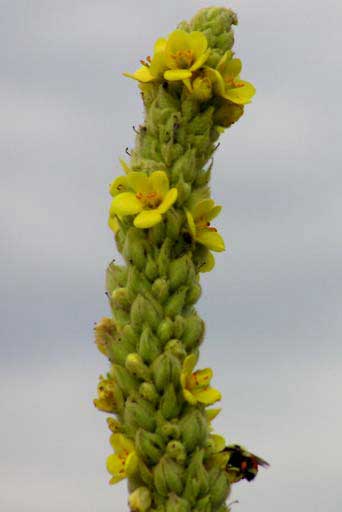![]()
![]()

|
|
Flowers changed everything. The angiosperms, as botanists call the plants that form flowers and encased seeds, appeared during the Cretaceous period, and they spread over the Earth with stunning rapidity. "An abominable mystery" is how Charles Darwin described this sudden and entirely evitable event. Now, instead of relaying on wind or water to move genes around, a plant could enlist the help of an animal by striking a grand coevolutionary compact: nutrition in exchange for transportation. With the advent of the flower, whole new levels of complexity come into the world: more interdependence, more information, more communication, more experimentation. The evolution of plants proceeded according to a new motive force: attraction between different species. Now natural selection favored blooms that could rivet the attention of pollinators, fruits that appealed to foragers. The desires of other creatures became paramount in the evolution of plants, for the simple reason that the plants that succeeded at gratifying those desires wound up with more offsprings. Beauty had emerged as a survival strategy. The new rules speeded the rate of evolutionary change. Bigger, brighter, sweeter, more fragrant: all these qualities were quickly rewarded under the new regime. Michael Pollan: The Botany of Desire, Random house, New York, 2002. |
WEBSITE EDITOR:
Krešimir J. Adamić
